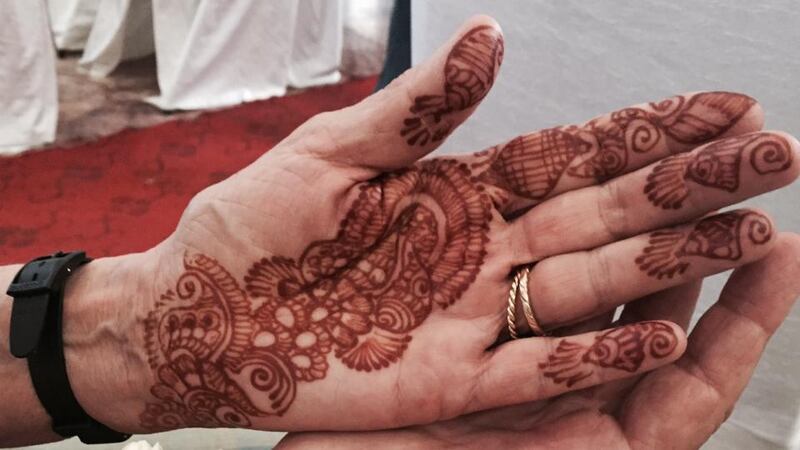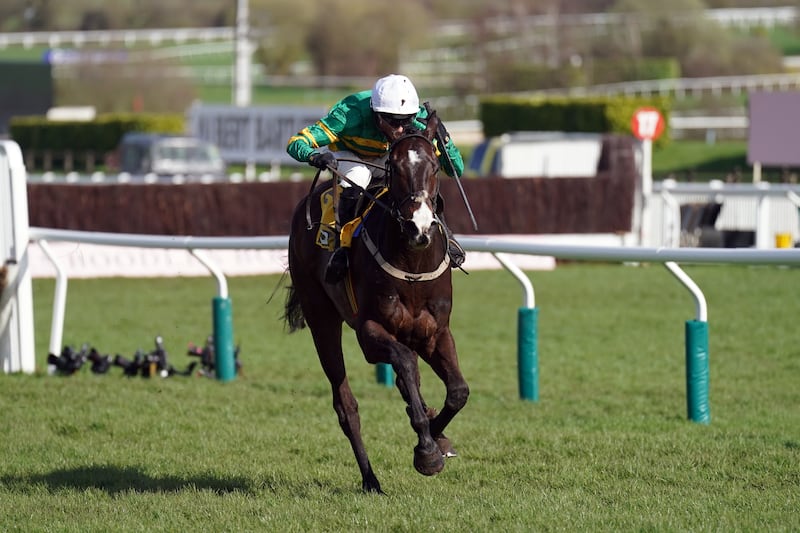Indian weddings begin and end with henna. The saying goes: “The redder the henna, the more the groom loves the bride.”
I find Megha lounging in a chair while two experts apply dark, eucalyptus-scented henna paste to her hands, arms, feet and legs. She rises, arms akimbo, and we hug as best we can. Once dry, the paste is rubbed off with coconut oil, leaving delicate patterns and symbols on the skin.
I've known Megha, her parents Sudha and Vinod, and brother Nikhil – my "Indian family" – for 17 years. I've seen Megha, a doctor, swotting for her medical exams and Nikhil, an interior designer, on his computer at midnight to finish rush jobs. We met in Dubai, where the family has lived for 30 years, but gather for Megha's wedding in Bangalore (Bengaluru), the hometown of Megha's groom, Savan, a fellow doctor also specialising in emergency medicine. His name means "seasonal rain", a perfect match for "megha" – cloud.

Vinod, a business consultant, says the wedding is "on me": he is paying. Sudha, a journalist and PR expert, hands me a silvery parcel. "I hope it fits." The red kurta (shirt) and black tights are perfect. The bride's family also presents men with kurtas and women with cream-coloured cotton saris with gold borders traditional in Kerala, the home state of this global middle-class family.
Relatives from Australia, Malaysia, Canada, the US and Dubai as well as Delhi, Hyderabad and Bombay convene outside their rooms. Maya commands: "Come, Michael, we must practise our dance for the sangeet [entertainment] tomorrow night." I escape by extending a hand to a henna lady.
Blessing of the bride
The next morning we file into a hall near the hotel for Ganesh Homa, a ritual calling upon the benevolent Hindu elephant deity, Ganesh, to favour the marriage, and the blessing of the bride. A priest is drawing stylised images on the stage in preparation for the
puja
(prayer), video and still cameras recording every move. In the
puja
are elements common to Christian and Muslim worship: fire, water, smoke, rice, flowers, circling. Across town, the groom’s family is holding similar ceremonies.
We are called to the dining room for breakfast at long tables covered in paper and set with banana leaves. Vegetarian fare of idlis (rice cakes) and a dozen small helpings of spiced stews and sweets is doled out from gleaming tin buckets by bare-chested waiters. One kindly soul hovers to make certain I know how to eat with my fingers. Once we finish, we fold over the banana leaves, the waiters roll up the paper and roll out settings for the next round: very convenient and biodegradable.
I don my new outfit for the sangeet; other ladies dress in colourful saris and the men in comfortable shirts and trousers. We are joined by the groom, his parents, relatives and friends – from this state of Karnataka, they are more shy than exuberant Keralites.
Swirling skirts
Male guests sing, Maya’s team dances, young women in swirling skirts spin across the stage. Savan sings
Falling in Love with You
and waltzes with Megha. A student of classical Indian dance performs, videos of Megha and Savan growing up are shown, and the master of ceremonies launches social dancing with
La Bamba
.
The next morning, everyone turns out in shimmering silk to greet Savan with drumming, rice, flower petals and blessings. Nikhil meets him at the venue’s gate and washes and dries his feet. Vinod takes his hand and leads him to the stage for the ceremonies uniting the two families that end when the auspicious period for the wedding begins.
Priests lead the couple through the complex and lengthy rituals to the the magic moment when the marriage is finalised by tying a knot in a green silk sari twisted into a rope and worn by Megha over one shoulder.
That evening the couple receives our congratulations and we dine off plates at make-believe market stalls offering dozens of dishes.
The final ceremony for family and close friends, hosted by the groom’s parents, takes place in a temple dedicated to the Hindu god Krishna. This represents the bride’s welcome to her new home. In practice, the couple will dwell in his flat in Hyderabad after a brief honeymoon in the Andaman islands off India’s east coast.
While the henna on my palm is, sadly, fading to a blur, my iPhone is filled with clear, colourful images and my ears with the lively notes of the flute soaring in the lofty marble hall where Megha and Savan were wed.








